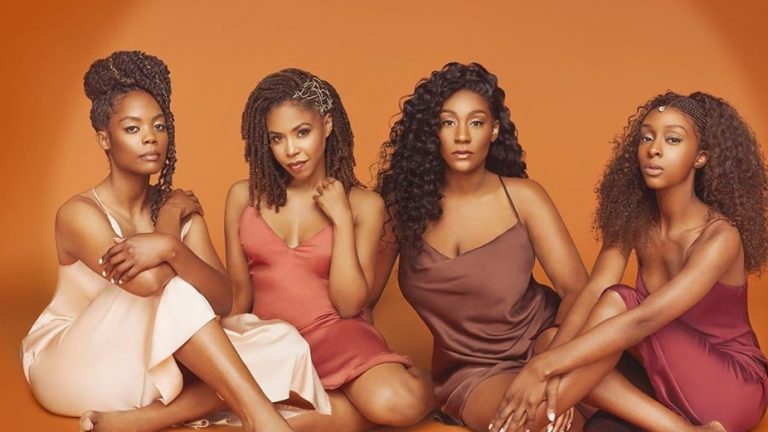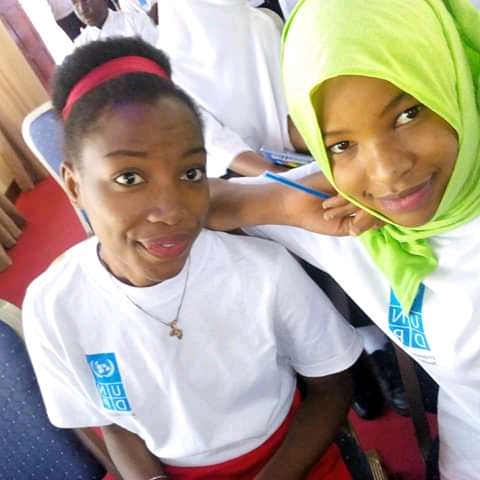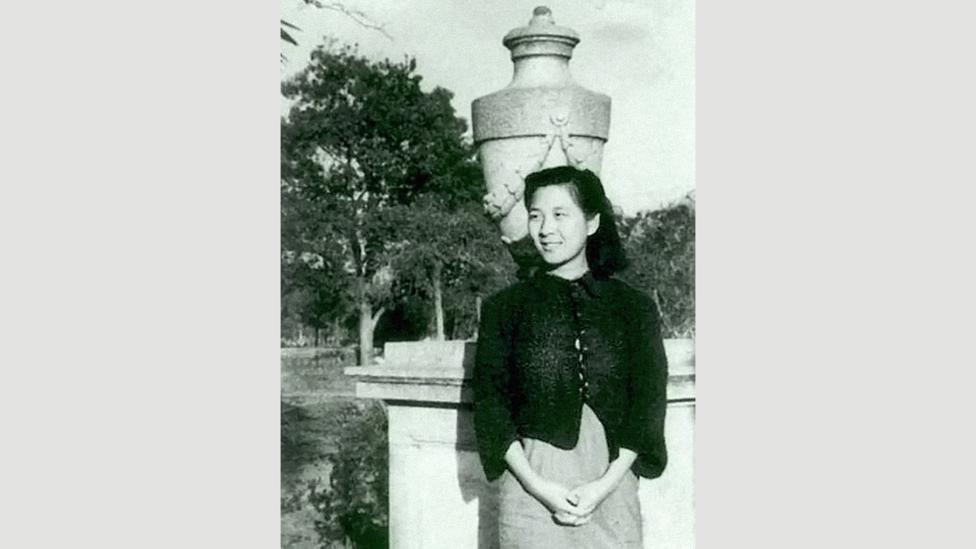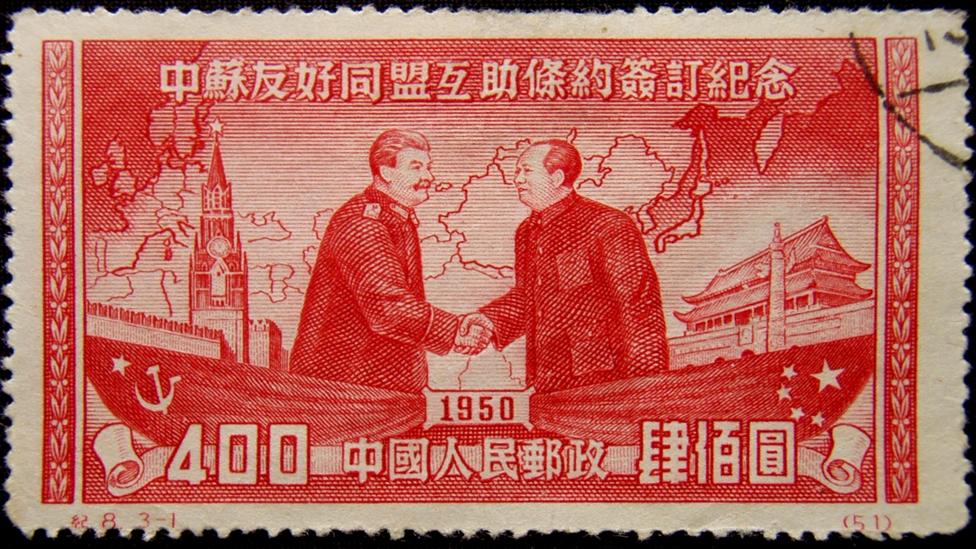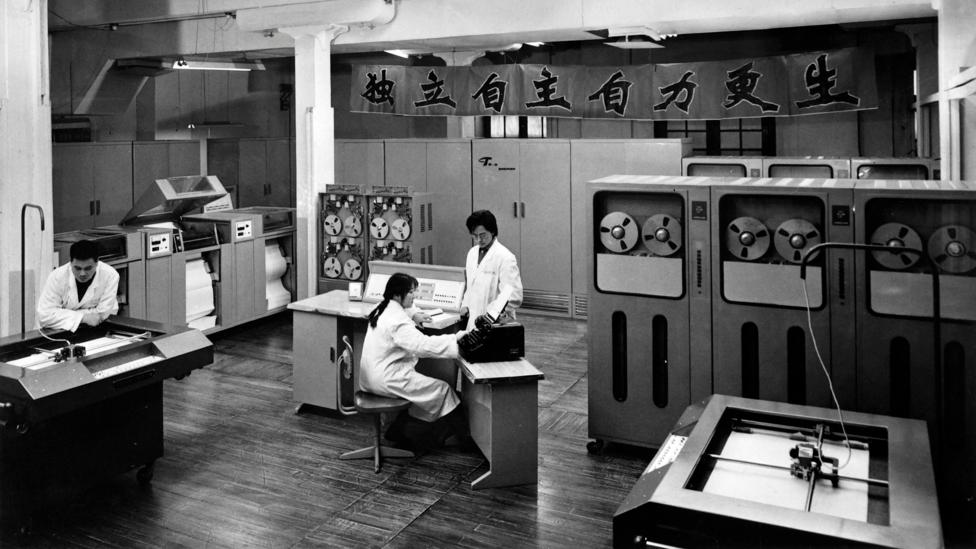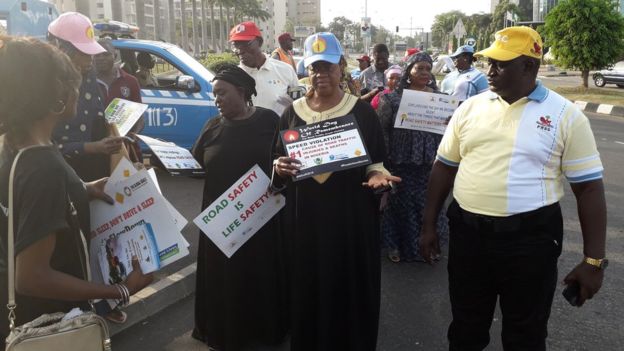Tyler Perry faces critics concerning his new show Sistas that is currently on air.
Sistas is an American television comedy-drama series created, written and executive produced by Tyler Perry that first aired on October 23, 2019 on BET
With Perry stating that he is the sole writer of all his series that are currently on air.
Popular comedian Lil Rel Howery voiced his opinion on the issue:
“I love Tyler Perry and I’m proud of him, but I told myself I’m a say something because I don’t agree with that. I don’t understand,” he said, noting, “You can’t write a show called Sistas and you’re not a sista. So you don’t want no suggestions or nothing?”
“I know we talk a good game about ‘This is what I’m doing, I’m doing this, I’m doing that.’ Once again, I’m talking, but I’m putting my money where my mouth is,” he added. “I don’t have what he got yet, but as I climb up here, I’m a do even more of that. We gotta do better man. It’s all talk, but if you’re really on that, then give people jobs, bro. You can’t base nothing on one writers’ room, brother. That means you didn’t hire good writers. Find more writers! That’s just real.”
But the cast from Sistas are out against this as they dish out defence for him.
“I think it’s really important to remember that Tyler Perry puts Black women at the forefront in so many ways. “Sistas” comes from women in his life,” said costar Ebony Obsidian. “He may have sat there and written a script but it’s coming from Black women. So Black women’s fingerprints are all over this script.”
Baker also added, “He said at our premiere that he actually gave some of the women on his staff producer credits because he listened to them. He sat down and talked to them for a couple of hours and he was like, ‘I’m going to write this.”
Tyler Perry is known for his numerous movies portraying the stories of black women, their relationships and faith, examples like ‘ Diary of a mad black woman’, and the Madea collections
